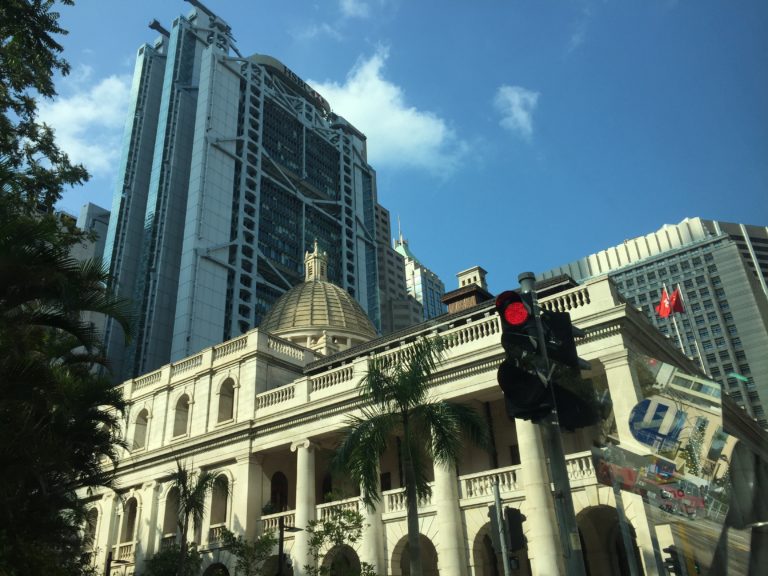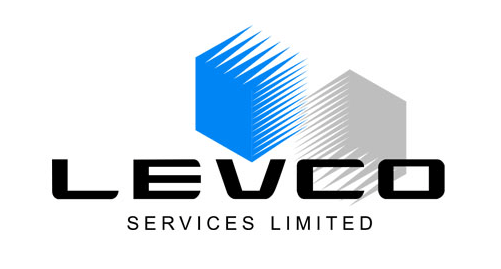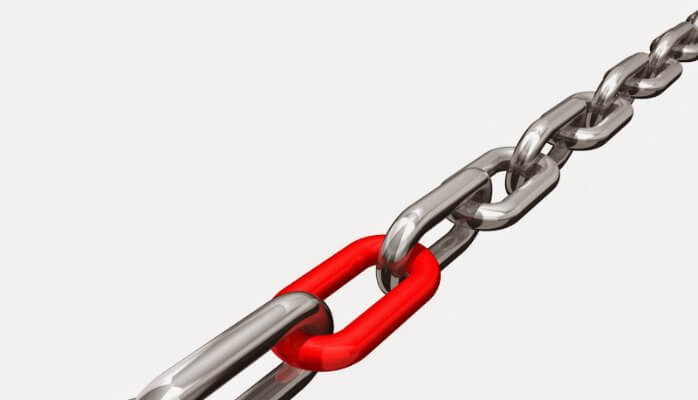
Sustainable Procurement: What Procurement Officers Can Learn from 3 Case Studies
January 15, 2016
On the heels of the historic climate agreement signed in Paris by nearly 200 nations in December, climate change has been increasingly on the minds of procurement executives of Fortune 1000 companies. Higher temperatures and weather anomalies can impact the supply of a resource a company desperately needs. Not replenishing a resource could lead to its depletion and a company losing an asset.
The problem is that sustainability often is seen as a soft mandate, meaning it is a voluntary goal for procurement officers. A recent Consero Procurement Data Survey, where 43% of participants said they do not have a sustainability program, reinforces this sentiment. Many times, sustainable procurement plans have a stigma of being a sunk cost, as something the business has to do. However, some governments and businesses have overcome this concern effectively. Here are three examples:
1. France Demonstrates Significant Dividends in Sustainability and Economic Returns.
In France, the Ministry of Education was required to purchase more remanufactured toner cartridges for printers according to a 2012 United Nations Environment Programme (UNEP) study. The change in the percentage of reused toner cartridge was quite large; in 2006, only six percent of cartridges were remanufactured as opposed to 40 percent in 2011. As a result of this program, the Ministry was able to buy remanufactured toner cartridges that were 30 – 40 percent cheaper than the conventional alternative. They were also able to hire 25 more people in the first three years of the operations.
This case study points to some interesting takeaways for procurement officers. First, supply of reused cartridges was able to meet the demand. Second, the cost savings allowed the entity to recruit more talent to help with operations relating to and outside of procurement. In addition, the organization increased its environmentalism while reducing costs. Finally, France’s government is one of many that are hoping to decrease their environmental footprint. Such trends may help standardize sustainable expectations in other areas of procurement.
2. Hong Kong Provides Clear Examples of Financial Savings.
Hong Kong, as illustrated by the same UNEP study, is another example of government-created sustainable procurement standards. In 2008, the city gave out three contracts to replace all conventional traffic lights with 85,000 LED traffic light bulbs. The change has resulted in a savings of $48,500 per year. Because of Hong Kong’s efforts, suppliers changed their products to make sure the lights were compatible with the existing Hong Kong infrastructure, and they found themselves benefiting from similar internal initiatives. There is an implication then that the suppliers in procurement operations are starting to change their behavior, meaning the procurement officer will increasingly operate with eco-friendly practices.
3. Bayer Shows Benefits of Saving Natural Resources and Energy.
Bayer is spread across a variety of businesses and products, requiring a procurement operation of 20.3 billion euros. Bayer unveiled their sustainability program in 2009, including a Supplier Code of Conduct. Through the code, the company was able to train over 800 of their suppliers on sustainability practices. Consequently, they are better able to address the diverse sustainability challenges in a complex global supply chain. They also created standards that benefited the entire industry and began to yield meaningful results—both financial and otherwise.
The company has created specific goals to minimize their operation. Interestingly, efforts pertaining to procurement have been the most successful. Out of all the environmental categories, “Use of Resources” is one of the few that sees a decrease in impact across the board. Bayer’s 2012 Report detailed a seven percent decrease in the use of water from 411 million gallons in 2011 to 384 million. In its 2014 report, the number dropped to 350 million gallons, representing a 15% drop in only a few years. In 2012, primary energy consumption fell by two percent; 2014 saw a four percent decrease. These changes reflect the efforts taken by Bayer to work with suppliers to understand that they are together in sustainability. At the same time, they have been able to maintain profitability.
Lessons Learned
Sustainability programs tend to have a large up-front investment with rewards paying off once they are implemented. Acknowledging this predicament, a good practice for those interested in sustainability may be to target sustainability programs that are cheaper or can be implemented over a few years. The French Ministry’s program, for example, developed gradually over three years. Hong Kong started with a relatively small aspect of their public works services. Working similarly in stages or over a period of years may yield significant successes. Through these successes, the procurement officer may be given the go ahead to work on larger sustainability projects once some early success is proven.





